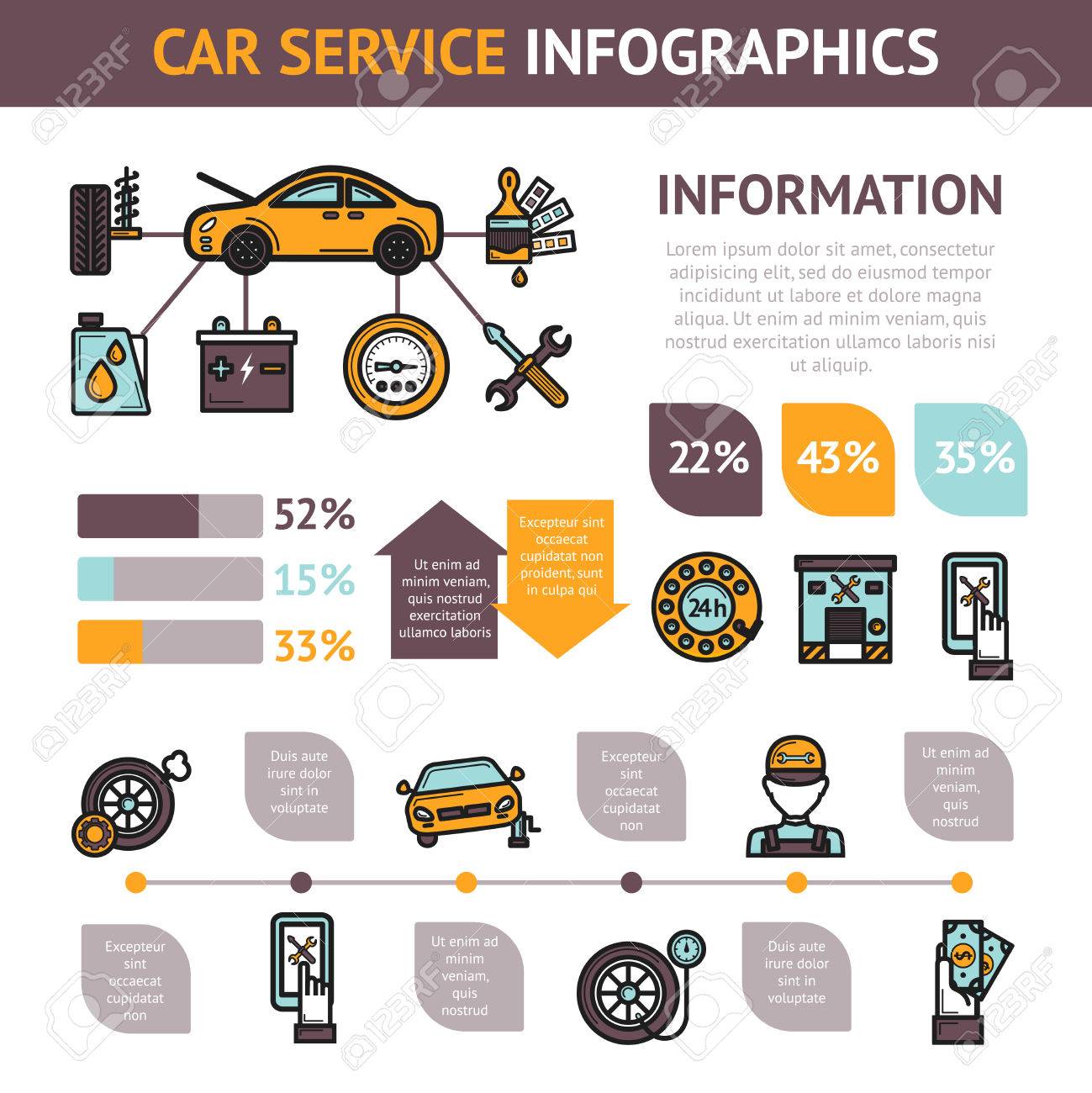Open Up The Hood To Reveal Typical Brake System Problems And Their Repairs, However What Concerning Mushy Brake Pedals? Learn The Option In Advance! Find Out More Below
Open Up The Hood To Reveal Typical Brake System Problems And Their Repairs, However What Concerning Mushy Brake Pedals? Learn The Option In Advance! Find Out More Below
Blog Article
Produced By-Spence Brooks
When it comes to your car's brake system, recognizing typical issues can save you from prospective safety and security hazards. From determining brake pad wear to attending to brake fluid leaks, understanding how to deal with these issues is necessary. However what about those spongy brake pedals? There's a fix for that also. Remain tuned to get more information concerning these issues and the useful options that can maintain you safely on the road.
Brake Pad Put On and Replacement
When it concerns maintaining your automobile's brake system, one crucial facet to keep an eye on is the wear and substitute of brake pads. Brake pads are necessary elements that press against the brake rotors to slow down or quit your car. In time, these pads wear down as a result of rubbing, requiring routine evaluation and substitute to guarantee your brakes function properly.
To determine if your brake pads need replacement, listen for shrilling or grinding sounds when you use the brakes. Furthermore, if your car takes longer to stop or you discover resonances or pulsations when braking, it may be time to replace the brake pads.
Ignoring worn brake pads can lead to reduced stopping efficiency, damages to other brake components, and even brake failing.
Changing brake pads is a fairly simple process for several automobiles. Nevertheless, if you're unclear or uncomfortable doing this task, it's finest to seek advice from a professional mechanic to ensure proper installment and optimal brake efficiency.
Regularly examining and replacing brake pads is crucial for your safety and the durability of your vehicle's braking system.
Brake Liquid Leaks and Maintenance
To guarantee your vehicle's brake system functions ideally, it's important to additionally pay attention to brake liquid leaks and maintenance. Brake liquid is vital for transmitting the force from your foot on the brake pedal to the real braking system. https://ecu-tuning-near-me39062.ttblogs.com/9823663/deepen-your-understanding-understanding-the-solutions-available-at-vehicle-fixing-facilities with brake liquid is leaks, which can take place because of shabby brake lines, seals, or links. If you discover a pool or trickles under your automobile, it's necessary to resolve the leakage promptly to stop a prospective brake failing.
Routinely examining your brake fluid level is essential to keeping your brake system. Low brake fluid can cause air entering the brake lines, which jeopardizes stopping performance.
Additionally, old or infected brake liquid can affect the general performance of your brakes. It's advised to follow the manufacturer's guidelines on when to alter the brake fluid, normally every 2 years.
Spongy Brake Pedal: Bleeding Brakes
If you've ever before experienced a mushy brake pedal while driving, you recognize the value of preserving a company and responsive braking system. One typical cause of a squishy brake pedal is air trapped in the brake lines. When air goes into the brake system, it can cause a loss of hydraulic pressure, leading to that upsetting mushy feeling when you press the brake pedal.
To resolve car brake repair , bleeding the brakes is necessary. Bleeding the brakes involves removing the air from the brake lines to recover appropriate hydraulic stress.
To hemorrhage the brakes, you'll need an assistant to help you. Beginning by locating the brake bleeder valve on each wheel, normally discovered near the brake caliper. With a wrench, loosen up the shutoff and have your assistant press the brake pedal while you observe any kind of air bubbles coming out. Repeat this process for every wheel, beginning with the wheel farthest from the master cyndrical tube and moving better.
Once you no more see air bubbles and just clear fluid emerges, tighten the shutoff and top up the brake liquid storage tank as required. Bleeding the brakes assists make sure a firm brake pedal and improves overall stopping performance.
Final thought
Now that you comprehend usual brake problems and exactly how to fix them, you can ensure your car's safety and efficiency. Bear in mind to listen for warning signs like shrilling noises or mushy brake pedals, and address them quickly. Routine upkeep and timely substitutes are key to keeping your brakes in top problem. Stay aggressive and attentive to your brake system to enjoy risk-free and dependable driving experiences.
